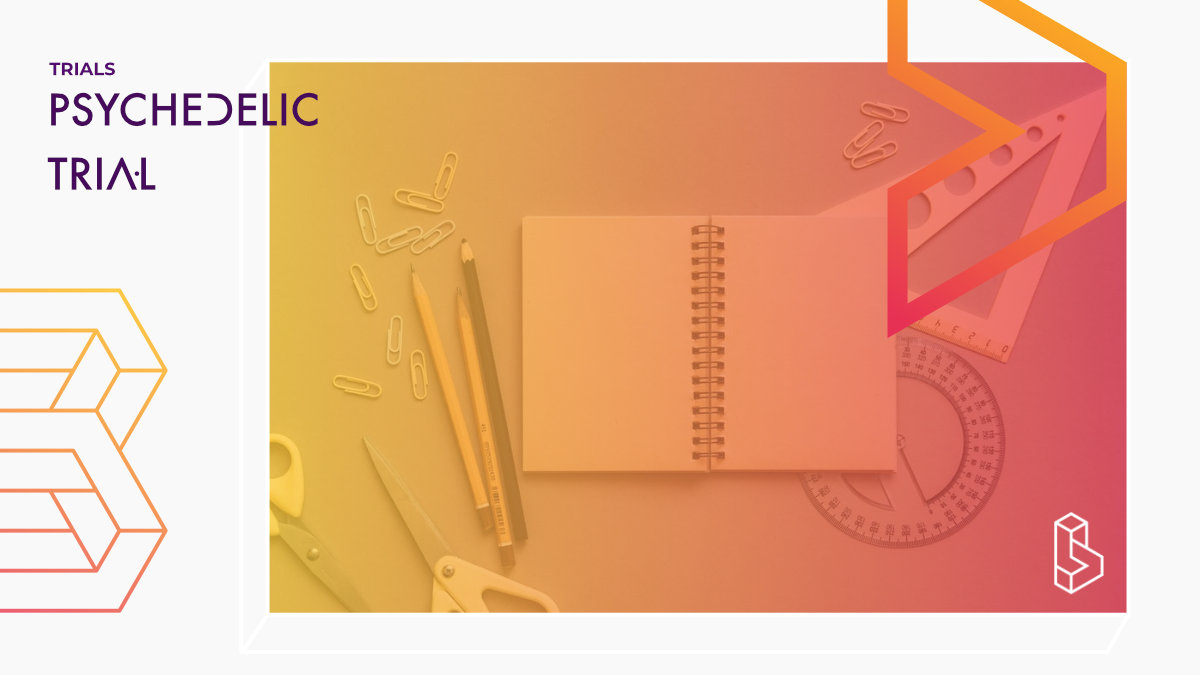The primary objective is to determine if the opioid properties of ketamine are responsible for its antidepressant effects. Since naltrexone can block opiate actions, the investigators will determine if naltrexone can effectively block ketamine’s effects.
Country United States of America
Visit trial
Trial Details
Trial Number
Sponsors & Collaborators
Stanford UniversityResearchers at Stanford are exploring the potential of ketamine, MDMA and psilocybin by connecting neuroscience, psychiatry and anesthesiology.
Measures Used
Hamilton Depression Rating ScaleThe Hamilton Depression Rating Scale (HDRS) is a multiple item questionnaire used to provide an indication of depression, and as a guide to evaluating recovery. The scale consists of 17 items which each item being scoring on a 3 or 5 point scale. The higher the score, the more likely a person is depressed.
Beck Depression Inventory
The Beck Depression Inventory (BDI) contains 21 self-report items, completed using a multiple-choice format. Scores range from 0-63 with higher scores associated with more severe depression.

